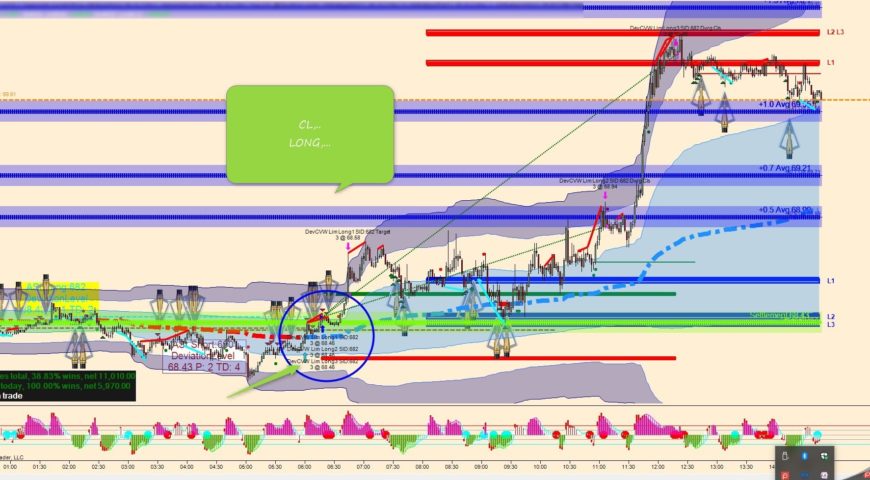Summary of Weekly Petroleum Data for the Week Ending May 4, 2018
U.S. crude oil refinery inputs averaged about 16.5 million barrels per day during the week ending May 4, 2018, 75,000 barrels per day less than the previous week’s average.
Refineries operated at 90.4% of their operable capacity last week. Gasoline production decreased last week, averaging over 9.9 million barrels per day. Distillate fuel production remained virtually unchanged last week, averaging 5.0 million barrels per day.
U.S. crude oil imports averaged over 7.3 million barrels per day last week, down by 1,226 thousand barrels per day from the previous week. Over the last four weeks, crude oil imports averaged about 8.1 million barrels per day, 1.0% less than the same four-week period last year. Total motor gasoline imports (including both finished gasoline and gasoline blending components) last week averaged 803,000 barrels per day. Distillate fuel imports averaged 128,000 barrels per day last week.
U.S. commercial crude oil inventories (excluding those in the Strategic Petroleum Reserve) decreased by 2.2 million barrels from the previous week. At 433.8 million barrels, U.S. crude oil inventories are in the lower half of the average range for this time of year. Total motor gasoline inventories decreased by 2.2 million barrels last week, and are in the upper half of the average range. Both finished gasoline inventories and blending components inventories decreased last week. Distillate fuel inventories decreased by 3.8 million barrels last week and are in the lower half of the average range for this time of year.
Propane/propylene inventories increased by 2.3 million barrels last week, and are in the lower half of the average range. Total commercial petroleum inventories decreased by 1.5 million barrels last week.
Total products supplied over the last four-week period averaged about 20.3 million barrels per day, up by 2.7% from the same period last year. Over the last four weeks, motor gasoline product supplied averaged about 9.5 million barrels per day, up by 2.2% from the same period last year.
Distillate fuel product supplied averaged over 4.2 million barrels per day over the last four weeks, up by 4.1% from the same period last year. Jet fuel product supplied is down 1.5% compared to the same four-week period last year.
Information Source: U.S. Energy Information Administration




